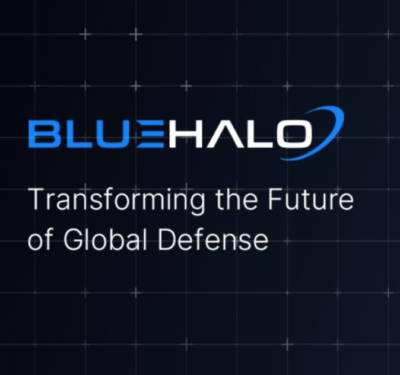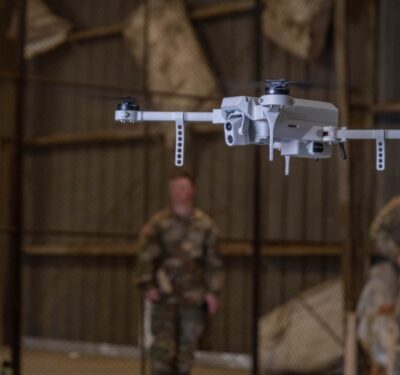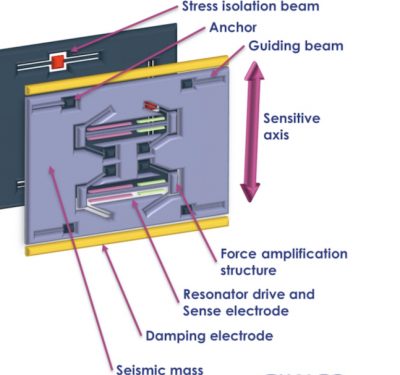
Scientific Systems Company, Inc. (SSCI) conducted live flight tests of its Collaborative Mission Autonomy (CMA) software on General Atomics Aeronautical Systems, Inc. (GA-ASI) MQ-20 Avenger Unmanned Combat Air Vehicles. The November 2023 flight tests showcased the autonomy software’s capabilities in directing a mixed team of Live, Virtual, and Constructive (LVC) MQ-20 platforms through fully autonomous multi-vehicle Defensive Counter Air missions.
Scientific Systems’ autonomy software, integrated onboard all MQ-20 platforms, managed the autonomous mission at the edge, addressing communication and coordination challenges. The tests encompassed a realistic, operationally relevant F2T2EA (Find, Fix, Track, Target, Engage, Assess) air combat mission, involving combat air patrol, detection, identification, tracking, targeting, and engagement of multiple targets across various scenarios.
Utilizing a mix of LVC platforms, sensors, and effectors, the scenario simulated unpredictable in-flight circumstances and contingencies, such as communication outages, lost teammates, and enemy threat positioning. The Collaborative Mission Autonomy software, incorporating Artificial Intelligence (AI) and Machine Learning (ML), demonstrated the ability to autonomously replan and re-coordinate tasking and positioning, even in the absence of human operators.
David “Heat” Lyons, Scientific Systems’ VP of Business Development and former F-16 Weapons Officer and combat fighter pilot, emphasized the collaboration’s significance with GA-ASI. He stated, “Together with GA-ASI, we’re focused on the rapid development, integration, testing, and demonstration of our collaborative autonomy behaviors. Moreover, we’re convincingly demonstrating that our open architecture software works not just in a simulation environment but works to command a live and operationally relevant Group 5 platform like the MQ-20 Avenger, in combat representative operating conditions.”
The November flight tests demonstrate the potential of collaborative mission autonomy software on third-party platforms in operational contexts relevant to the U.S. Department of Defense. The company’s previous test flight programs have demonstrated various air-to-ground and ground support missions, using autonomous mission execution technology.






